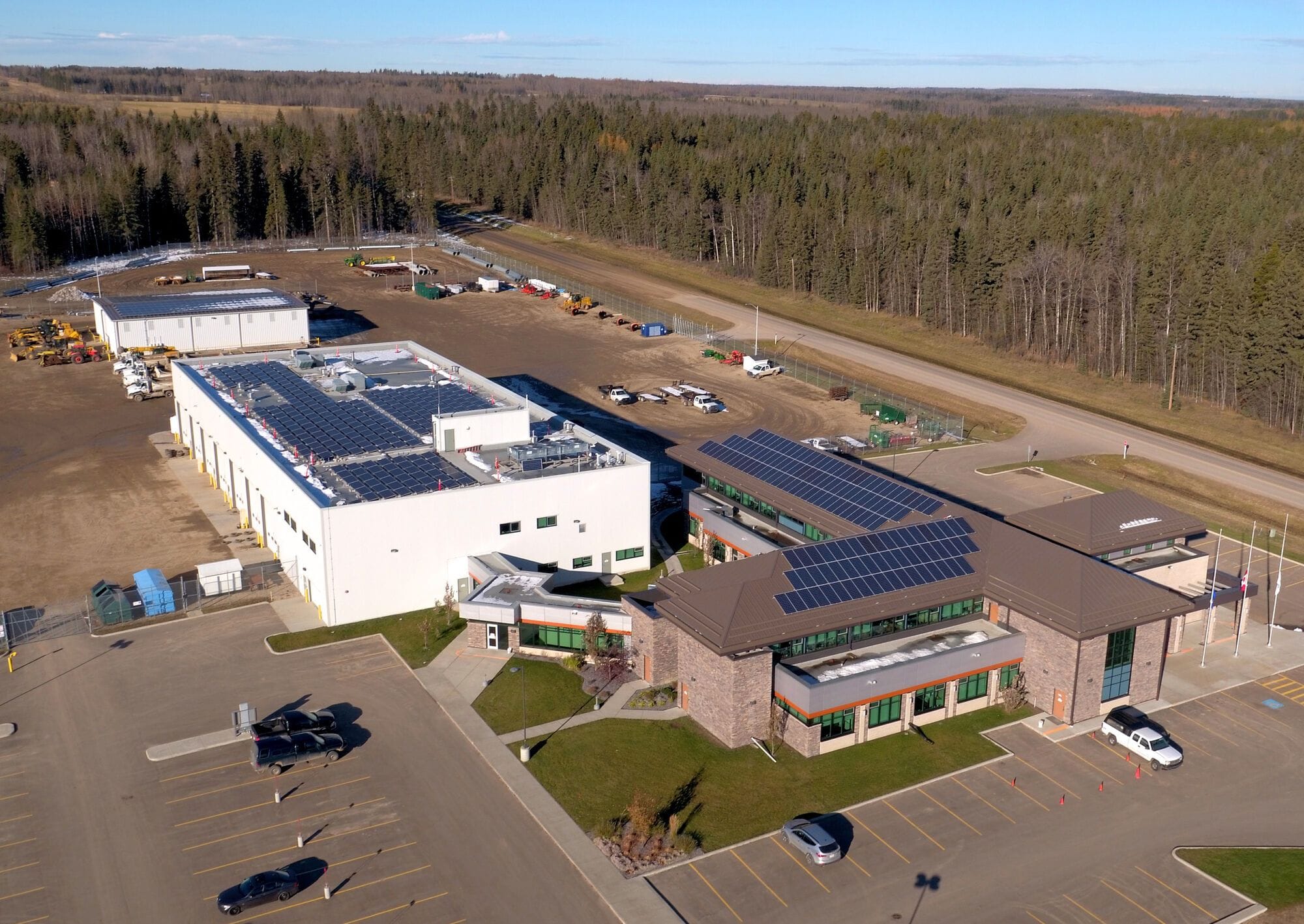Getting to knowImpacts on Buildings

Overview
Municipal provide support for a variety of public services. From administration to recreation and culture, from operations to process , buildings protect processes and provide safe indoor environments for municipal staff, residents, business owners, and visitors.
With changes in demand from populations moving from rural areas to more urban centres, ongoing allocation of resources to maintain and upgrade aging buildings to support services in urban centres is required to meet the needs of shifting populations. This can also leave historical buildings in rural communities too large or expensive to maintain for a declining population. These older buildings were constructed under less stringent building codes, which prior to 1992, did not include measures or accessibility requirements (Government of Canada 1992). These buildings are likely to be more expensive to heat and power, making them less than ideal for use in emergency situations as shelters, evacuation centres, or cooling centres.
Damage from climate hazards can both exacerbate existing maintenance issues in older buildings, and cause issues in newer buildings where the design does not address increased exposure to climate hazards.

Photo credit / crédit photo: Canadian Infrastructure Report Card (CIRC), 2019
This page provides an overview of the direct (tangible, physical damage caused by a climate on ) and indirect (tangible and intangible secondary/cascading effects) impacts of climate change hazards on buildings for many Canadian communities.
Direct Impacts - Flooding
Direct Impacts - Extreme Heat
Direct Impacts - Wildfire
Direct Impacts - Permafrost Thaw
Indirect Impacts
References
EDT 2019. "Fire Effects on Concrete," 1 August 2019.
EDT 2019b. "Fire Effects on Steel," 25 July 2019.
Government of Canada. 1992. Energy Efficiency Act. S.C. 1992, c. 36.
Kaldybaev, A. 2023. "The Impact of Extreme Heat Waves on Commercial Real Estate at the Property Level. Case of Germany," 7 July 2023. [Online]. Available: https://www.theseus.fi/bitstream/handle/10024/861686/Kaldybaev_Asanbek.pdf;jsessionid=A9739B7F7FCD288E847835F2D4271160?sequence=2.




